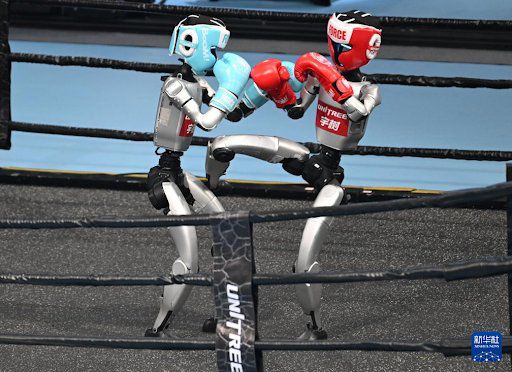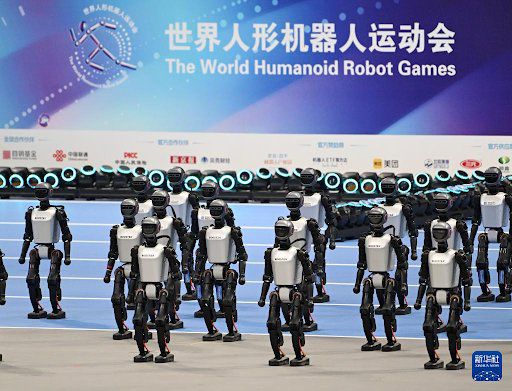China Launches First Humanoid Robot Olympics with Wide International Participation

ALDAR / Zakaria El Jabri
China has hosted an unprecedented event in the world of technology and artificial intelligence by inaugurating the first-ever global competition dedicated to humanoid robots, with the participation of 280 teams representing 16 countries from different continents. This unique international event places robots at the heart of sporting, scientific, and technological contests, simulating human abilities while showcasing the potential of artificial intelligence across multiple fields.

The competition features 26 diverse events combining athletic, technical, and practical challenges. On the sporting side, robots compete in races and football matches, replicating human competitions and highlighting advances in mobility and automated control. On the practical side, robots face precise tasks such as transporting materials, sorting medicines, and carrying out cleaning operations in various scenarios. These challenges reveal the future potential of robotics to serve humanity in healthcare, industry, and everyday services.
More than just a contest, the event serves as an international platform for exchanging expertise and presenting the latest innovations in robotics. It opens the door to developing practical applications for robots in daily life and fosters global dialogue on the future relationship between humans and machines amid the rapid rise of artificial intelligence. Hosting this event also reflects China’s ambition to strengthen its leadership in advanced technology and cement its position as a key player in shaping the fourth industrial revolution.
With teams from 16 countries taking part, the competition embodies both scientific rivalry and international cooperation, making it a genuine laboratory for innovative ideas and solutions. This initiative is expected to push the boundaries of scientific research and encourage startups and innovators to design more advanced robot models, thereby enhancing their role in the global economy in the years to come.





